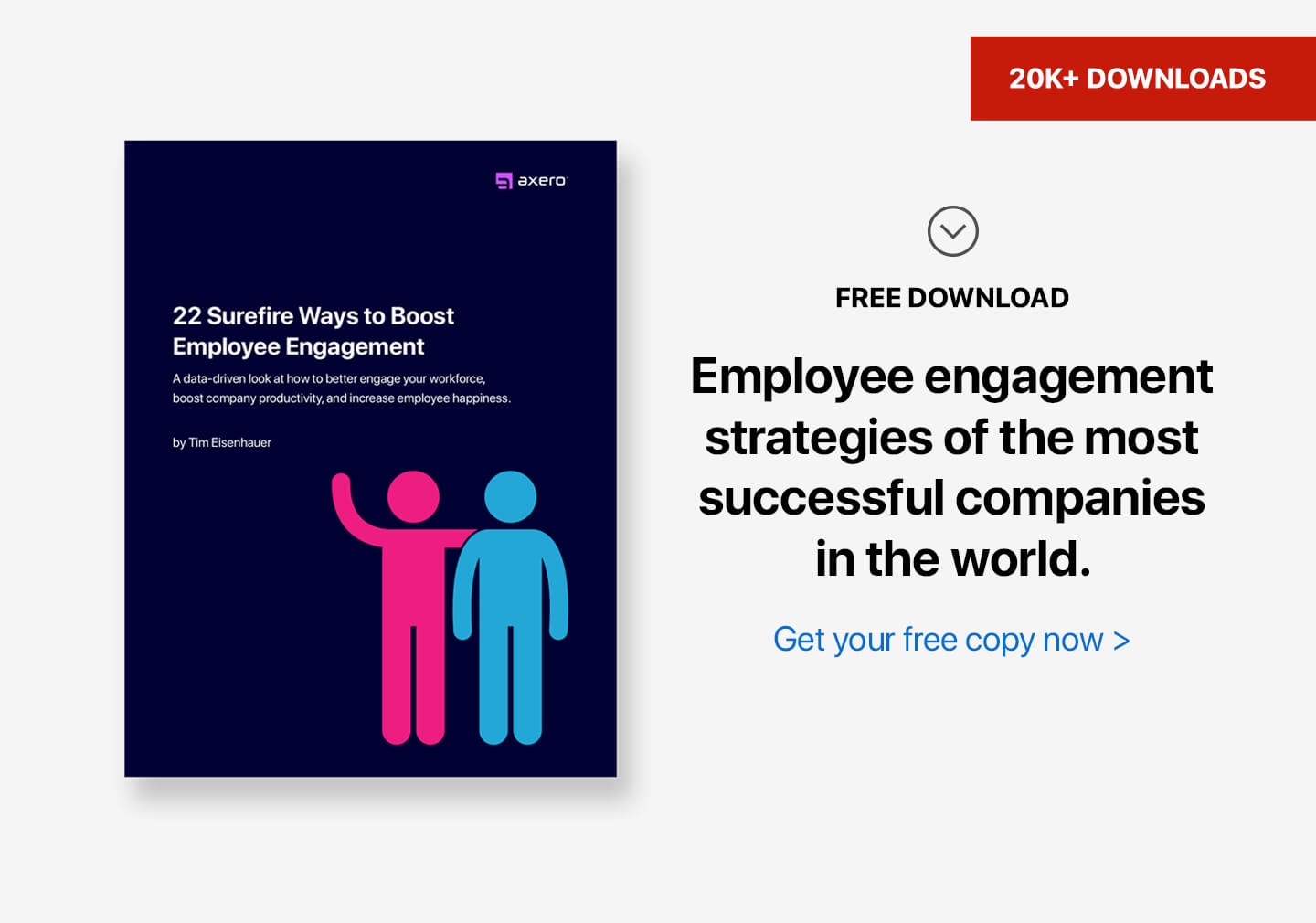Keeping fixed term employees engaged as a major multi-year project is ending
— Principal Advisor to a government entity
If we know one thing about employee engagement, it’s that engagement is not a constant. Like all of our vital signs, the hunger for work ebbs and flows. We’ve discussed the mid-career slump— Engaging Long-Term Employees. We’ve also looked at what happens after the thrill of a new job wears off—Employee Retention Techniques of the World’s Most Competitive Workplaces.
However, engagement highs and lows happen more often than every few years. In fact, you’re likely to hit several in the course of a single assignment. Project fatigue is much more common than hard-core disengagement. It is also harder to spot unless you’re directly involved. I doubt most employee surveys register it—because there’s nothing wrong. You still love your company. You still love your job. You just don’t want to do it.
The effects of project fatigue can be as severe as those of a poor attitude. Today’s Biggest Challenge at Work is a good example. The Principal Advisor who left today’s comment is trying to pull his team of contract employees together to wrap up a major government project. It sounds as though there’s plenty of work left, but the team is dragging their feet. Implementing an intranet for government could help improve communication and re-engage the team during challenging times like these.
Who knows? Maybe they are planning long-overdue vacations. Or maybe, since their contracts are set to expire, they’re all job searching around the clock. All we know is that it’s so bad that the poor PA dropped whatever he was doing and Googled an emergency employee engagement fix. Let’s see if we can help him out.
The reason this topic is so dear to my heart is that—well… okay, let’s say I know how he and his team are feeling. As I was writing this post, Axero was nearing the end of a two-year version-release marathon. The release date has been set. The customers are breathing down our necks. We still have a few bugs to fix, and everyone, including myself, has tasks to complete before the release. There’s plenty of motivation if that’s what you want to call it. But…
For the last two weeks, I was passively disengaging. Then, I hit rock bottom. I woke up in the morning, and my eyes refused to open. No more fixing code. I was done! My immune system conveniently gave in, and the next day I came down with a 104-degree fever.
That flu was a lifesaver. Luckily, my partner Vivek and our employees were there to let me check out. As for the project fatigue, I’m pretty sure everyone on the team feels the same. Here is how we’re getting through it:
Visual goals
As soon I could open my eyes and glue them to the screen, I logged into our project management module. While I was out sick, everyone’s task list had gotten shorter, except for mine. Now I was leading the team in unfinished tasks!
This might sound like more stress on top of already enough stress. However, checking tasks off your list is a positive, endorphin-releasing, motivation-building exercise. It’s something to look forward to, even if it is a little scary.
It works well, especially when you know it’s a finite list, and you are not adding new tasks, only deleting the old ones. Anything you can do to show your team how close they are getting to the finish line is a cue to their brains to get in gear.
Rewards
Populate their minds with something even more exciting than crossing tasks off the list. We’ve promised a contract employee a full-time job if everything goes well with the release. The rest of the team will get a raise at the end of the project. They don’t know it yet—but Vivek and I do, and it keeps us going. We can’t wait to announce it to our people!
Money is important, but it does not replace “thank you,” “you’re awesome” and “we did it!” Looks like, after a “major multi-year project,” the PA and other bosses have a lot of acknowledging to do. Is an award ceremony in the works? Are the nominations coming? Anticipating the nice things your team will say about you at the closing event can be just the boost everyone needs to finish the project with a bang.
Breaks
Nothing beats a break when you’re running on empty. It’s up to the project manager to see whether the team needs to take a breath before the final push. Maybe the PA himself could use a day off before he’s ready to role-model engagement for the rest of the team.
Venting
One advantage of working as a team is that you can talk things over. That includes problems, like “Yikes! I can’t look at this stuff anymore!” I know—you don’t want it to sound like permission to slack off. But your brain doesn’t ask permission, does it? As long as you’re pretending to focus on your task, the brain does everything in its power to derail you. But the minute you admit that you’re beat, the brain switches sides and coughs up extra motivation. At least, that’s what my brain does.
That’s why I don’t mind being honest with employees. And that’s why I encourage them to speak their minds. It usually comes off as what it is—a cry for help. It’s an odd thing, but people are so often eager to do for others what they will not do for themselves. It’s they who motivate me to get through version releases and other hurdles and not the other way around!
____
If you want your people to motivate you, you might like my book, because it shows you how to take the first step.












 info@axerosolutions.com
info@axerosolutions.com 1-855-AXERO-55
1-855-AXERO-55


